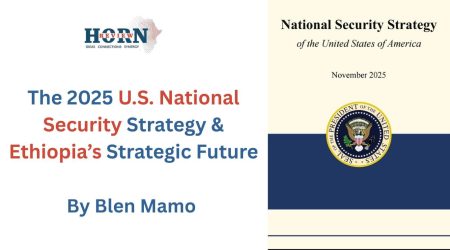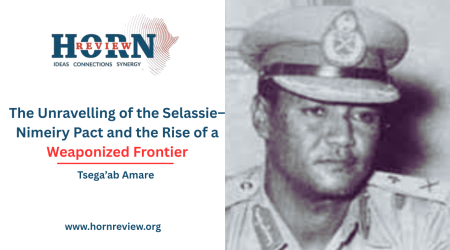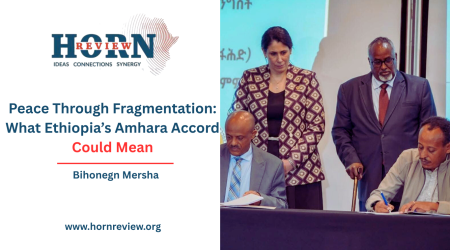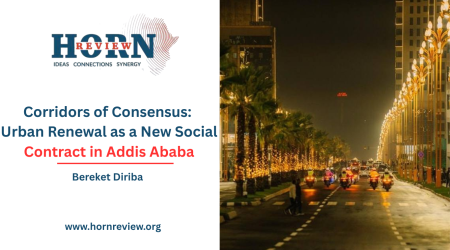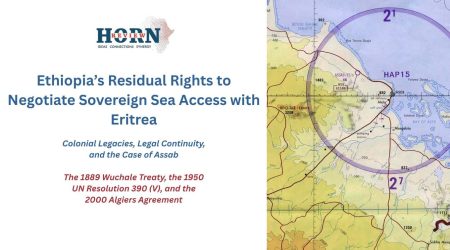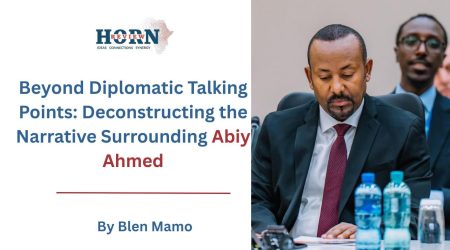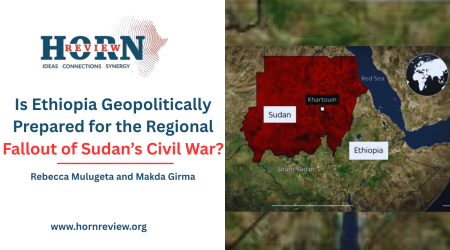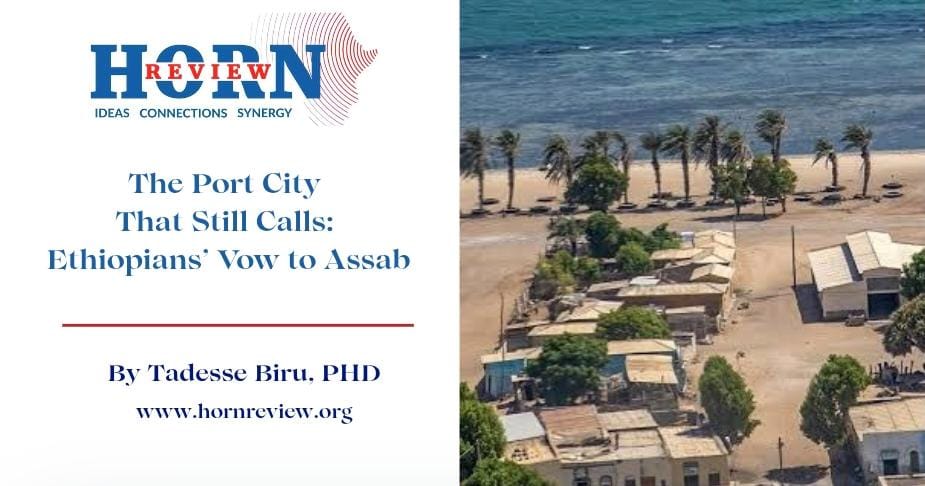
28
Oct
The Port City That Still Calls: Ethiopians’ Vow to Assab
By Tadesse Biru Kersmo(PHD)
Today, the Assab port gate stood in stark silence, a marked contrast to its bustling activity thirty years earlier. The area, once filled with the roar of trucks, the chatter of merchants, and the laughter of sailors, had become almost entirely deserted. Only the wind and distant environmental sounds punctuated the stillness.
Assab city had previously served as a center of governance, commerce, and daily life. It was administered through a network of local offices, including the entire Assab Administration including the city and its five Weredas (Mersa Fatuma, Tio, Idi, Beylul, and Rahayta) , which coordinated the activities of officials, teachers, and port managers. Returning observers noted that the urban fabric – from residential streets to commercial districts – had been largely abandoned. Returning after nearly three decades in 2019/20, many Ethiopians embarked on a pilgrimage through its corpse. Visits to Assab and its weredas, , revealed that the city existed more as a shadow of its former vibrancy than as a functioning administrative and economic hub.
The Ethiopian Tapestry of a Lost Era
In the 1980s, Assab functioned as a focal point of Ethiopia’s economic and geopolitical strategy. The port was both a critical infrastructure asset and a symbol of the nation’s connection to international trade and maritime routes. Strategic installations, including a large oil refinery, were heavily guarded and operated with national significance in mind. Engineering projects, such as the development of Halib Island, transformed previously inaccessible areas into functional infrastructure, demonstrating the capacity for large-scale technical achievement along the Red Sea coast.
Assab’s administrative and cultural life was closely integrated with the Ethiopian state. Development directives and budget allocations originated from Addis Ababa, while officials, educators, and port personnel from across the country contributed to the city’s operations. Amharic functioned as the lingua franca, facilitating communication and cohesion among the diverse population. Social and commercial patterns in Assab mirrored those of the capital and other regional centers, reflecting a shared national culture.
The city developed a distinct coastal-highland hybrid identity. Cultural trends, fashions, music, and social practices often followed those established in Addis Ababa, while local adaptations incorporated maritime influences. Coffee houses, commercial streets, and recreational spaces served as sites of civic interaction and cultural exchange, combining the formal cadence of Amharic with coastal rhythms and environmental context. In this sense, Assab operated not as a peripheral outpost, but as a vibrant microcosm of Ethiopia itself: a city where national integration, cultural hybridity, and strategic ambition converged on the southern Red Sea coast.
A City of Ghosts and Broken Promises
Assab, today, exhibited widespread physical and economic deterioration. The commercial heart of Assab Kebir, previously a dense network of coffee houses, restaurants, photo studios, and barbershops, had largely ceased operations. Buildings were abandoned, facades peeling, walls cracked, and commercial spaces rendered non-functional. Infrastructure once maintained to accommodate both local and visiting populations, such as the Zerai Deres Hotel, showed visible structural decay and disuse.
Residential properties also reflected broader urban erosion. Many former homes were entirely absent or in ruin, and even properties that remained structurally intact were unoccupied, reflecting a cessation of regular habitation and maintenance. The broader urban fabric, once characterized by integrated civic, commercial, and residential functions, was therefore partially hollowed, undermining the city’s historical functionality.
Hotels such as the Ras Gembo (formerly the Wedeb Hotel) continued to operate, but at reduced capacity. Even maintained facilities exhibited visible signs of deferred maintenance, reflecting the discontinuation of systematic upkeep practices, including protection against the corrosive effects of the Red Sea environment.
Strategic infrastructure, particularly the port and associated oil refinery, showed pronounced abandonment. Cranes and industrial equipment were largely inactive, and refinery tanks were rusting and unused. The cessation of activity at these facilities represented not only economic decline but also the dismantling of assets that had previously held national strategic importance.
An Enduring Connection and a Cautious Hope
Despite the widespread decay, evidence indicates that human and institutional capacities in Assab remain resilient. Local personnel continue to possess relevant skills and knowledge consistent with prior Ethiopian administrative standards, including fluency in Amharic and operational familiarity with governance and port management. Anecdotal reports from the city suggest that a number of property owners continue to maintain official leases or rental obligations on commercial spaces, indicating an anticipation of potential future redevelopment.
Collectively, these observations reflect a latent continuity in both civic engagement and administrative functionality, as well as enduring local interest in the city’s restoration. Across the five weredas of the Assab Administration, there is consistent recognition of the city’s historic economic and strategic role, suggesting a shared understanding of its value for both local residents and the broader national interest.
The decline of Assab was largely the result of political decisions and administrative neglect. Policies implemented by Ethiopian authorities in prior decades treated the port and city as peripheral assets or bargaining tools in international negotiations, rather than as strategic national resources. This approach led to the progressive abandonment of infrastructure, human capital, and institutional continuity, producing long-term economic, cultural, and strategic losses.
Recent political developments, however, have shifted the national framework toward renewed discourse on unity, economic integration, and strategic development. These changes create conditions under which the restoration or reintegration of Assab is no longer a purely aspirational concept. Rather, it is a tangible policy objective with implications for national security, trade, and regional influence.
From a strategic perspective, the latent capacities in Assab – including existing human capital, preserved properties, and geographic positioning – constitute foundational assets for redevelopment. Coordinated investment in infrastructure, governance, and port operations could reestablish the city as a functional economic and administrative hub. In this context, Assab’s revival is both a corrective response to past administrative failures and a forward-looking strategic imperative for Ethiopia.
Tadesse Biru Kersmo(PHD) is a researcher at London Metropolitan University and holds, among other qualifications, an MSc in Economics, an MA in Peace, Conflict, and Diplomacy, and an interdisciplinary Doctoral degree.


